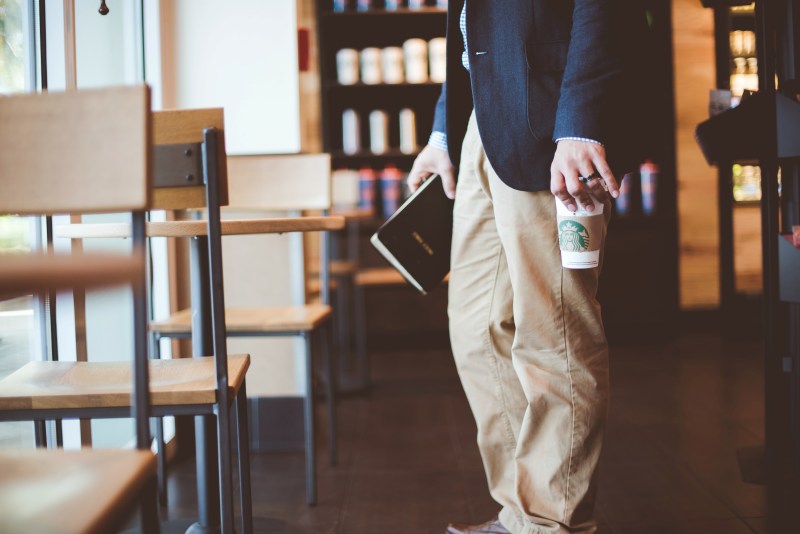Men have been wearing khaki pants for nearly two centuries, and even though men’s fashion tends to change, these staples have endured. About 180 years ago, a British soldier in Punjab got sick of sweating in his heavy wool jacket and trousers, so he traded them in for local lightweight cotton. The looser cut and dyed fabric were dubbed khakis, and we’ve been wearing them ever since.
Nowadays, they can feel a little like old-fashioned style, which makes sense given they’re coming up on the bicentennial mark. Many men are beginning to feel like they need to retire their khaki pants and opt for something different, but we’re here to tell you that couldn’t be further from the truth. Not only are they still useful, but these pants are as cool today and as much a part of men’s style as they were in 1846.

Khaki pants: Is khaki a color or a pair of pants?
The answer is yes. Technically, khaki pants got their name from the color they were dyed in when the British first started wearing them in the hotter weather. The color of khaki is light brown, or tan, with a hint of yellow. The hue allowed the British soldiers to blend into their backgrounds in India, sparking the name that means “dusty.”
Now, just because it’s a color doesn’t mean it wasn’t just adopted into our lexicon as pants. The original pants were made from cotton with a twill weave that became truly utilitarian in nature. Nowadays, any pants that are thicker cotton twill get hit with the name khakis. So, is khaki a color? Yep. Is khaki a pair of pants? Also yes.

Do khakis come in different colors?
The word “khaki” comes from the Urdu word for dust, which describes the tan color obtained from the area’s native Mazari plant used to dye the fabric. As a result, many feel like that’s the only color available, but that couldn’t be further from the truth; khakis come in virtually any color you can imagine. They may have started out only in tan, but they have expanded exponentially since then. From darker colors, like black and charcoal, to lighter colors like blue and white, you can find any color of khaki you need for your wardrobe.
What defines this style of pants isn’t so much the color as the fabric. These men’s pants are lighter than the heavy wool they replaced, but heavier than what most people call chinos nowadays. While they are both cotton twill, the khaki is a heavier fabric, and therefore, more durable than the lighter-weight chino.

How do you wear khakis?
Here’s where it can get a little divisive on how or when to wear khaki pants. They were officially adopted by the British military in 1884 and have been considered work pants ever since. Their durability makes them more comfortable, more breathable, and more durable for the demanding tasks you have ahead of you. Mowing the lawn, changing your oil, or simply doing some spring cleaning can be the perfect time to wear those khakis you have in the closet.
However, that’s changed slightly over the last few decades. At some point in the last few generations, men began adopting khaki pants as a dressier option than denim. They protect their khakis from seeing harder work and try to keep them nice so they can wear them with sport coats to their daughter’s dance recital or graduation. The truth is that khakis and chinos have been muddled in the last few years. They are interchangeable with some brands, and some even call them khaki chinos. Here’s how the khaki has changed and how it fits into the menswear world today.
Dress pants made of wool can be either heavy or lightweight, depending on the season. They are reserved for the moments in your life when you could wear a suit but decide to go with a sport coat. Chinos are the ultimate in casual pants that aren’t denim. Chinos have a slimmer profile and pair well with sneakers, boots, or drivers. Khaki pants bridge the gap between the two. They are heavier and have a wider profile than chinos, but they’re not quite dressy enough for big events, so they can be used to dress up a jacketless denim look or dress down a dress shirt.
You don’t have to wear them to work, and you don’t have to wear them with your sports coat. But what makes them as cool as they were in Punjab nearly 200 years ago is that you could wear them for both.




